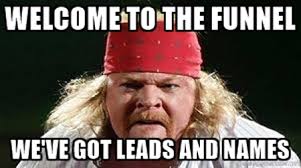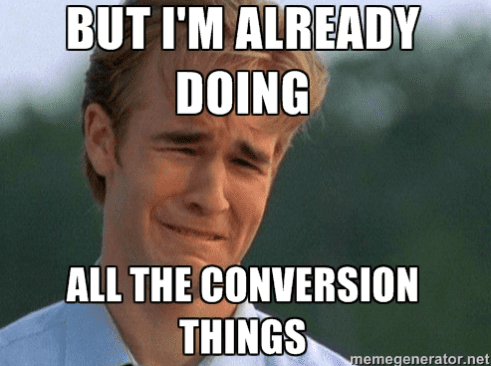Understanding Share of Conversion
Share of Conversion refers to the percentage of total conversions attributed to a specific marketing channel, campaign, or touchpoint within a set period. This metric allows marketers to quantify the impact of individual efforts in the broader customer journey.
Example in a Sentence:
If your email campaign generates 200 out of 1,000 total conversions, it accounts for a 20% share of conversion.

Why Share of Conversion Matters
Understanding share of conversion provides essential insights into marketing performance. It helps marketers avoid assumptions and make data-driven decisions. Here’s why it matters:
- Channel Effectiveness
Marketers can pinpoint which sources contribute most to conversions. For example, paid search might outperform organic traffic in a particular campaign. - Smarter Budget Allocation
As a result of clearer insights, businesses can invest more confidently in high-performing channels while minimizing spend on underperformers. - Better Attribution Accuracy
Rather than crediting just the last click, share of conversion supports more nuanced analysis. This ensures each contributing touchpoint receives its due credit. - Informed Strategic Planning
Moreover, these insights feed directly into campaign planning, messaging strategies, and even sales forecasting.
Best Practices
1. Implement Multi-Touch Attribution
Instead of relying solely on last-click data, use models that recognize all the steps a customer takes before converting. This leads to more accurate assessments.
2. Track Channel Performance Regularly
Marketing conditions change frequently. Therefore, it’s important to monitor performance over time to identify shifts in channel effectiveness.
3. Align Metrics With Business Goals
Not all conversions are equal. For instance, a newsletter signup differs from a high-ticket sale. Always match your measurement approach to your business priorities.
4. Unify Data Across Platforms
Data silos create blind spots. In contrast, integrated platforms provide a full-funnel view of your customers and their behavior.
More Definitions
(From the Sales & Marketing Jargon Encyclopedia at Sales Funnel Professor)
- Conversion – The act of turning a lead or prospect into a customer, often measured when a user takes a desired action such as filling out a form or making a purchase.
🔗 Conversion Definition - Conversion Funnel Design – The process of structuring a series of marketing steps that guide users toward a specific action, optimizing each stage for clarity and motivation.
🔗 Conversion Funnel Design - Conversion Rate Optimization (CRO) – A methodical approach to increasing the percentage of users who complete desired actions on a website or landing page.
🔗 Conversion Rate Optimization - Conversion Rate Benchmarking – The practice of comparing your current conversion rates to industry standards or competitors to identify areas for improvement.
🔗 Conversion Rate Benchmarking
Useful Posts
(From the Sales Funnel Professor Blog)
👉 Top-of-Funnel Marketing: Tactics and Tips to Grow Your Leads
Explore strategies to effectively attract and nurture potential customers at the beginning of their journey.
👉 Cold Emails Strategy Through Your Sales Funnel
Discover effective cold email strategies to enhance your sales funnel and engage your target audience.
👉 B2B Marketing Funnel Basics
Learn essential tips and advanced techniques for enhancing and refining your B2B marketing funnel.













